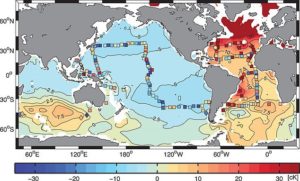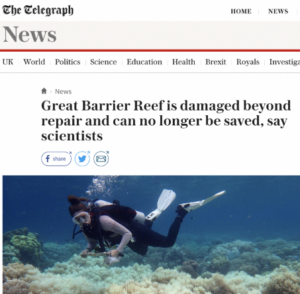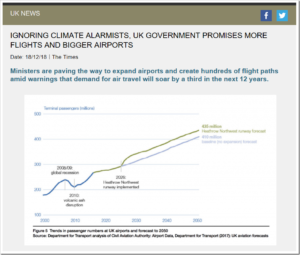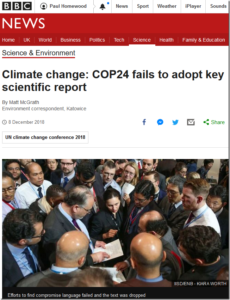by Samuel Furfari, 29 janvier 2019 in Contrepoints
La révolution bolivarienne financée par le pétrole a complètement appauvri le Venezuela. Les idéologues socialistes avaient tout faux depuis le début.
…
Le paradoxe est encore plus étrange car le pays est très riche en ressources naturelles. Avec 303 milliards de barils (18 % du total mondial), le Venezuela détient les plus grandes réserves prouvées de brut au monde, loin devant l’Arabie Saoudite qui en possède 266. Pour mesurer leur ampleurs, observons que ces réserves correspondent à celles combinées de la Russie, des États-Unis et de l’Iran. Il possède également 6 400 milliards de m3 de gaz naturel – 3,3 % des réserves mondiales – soit près de quatre fois les réserves de la Norvège, considérée en Europe comme un grand du gaz.
La plupart des réserves de pétrole prouvées du Venezuela sont situées dans le bassin du fleuve Orinoco, où 220,5 milliards de barils de pétrole lourd gisent, pratiquement inexploités. Même s’il n’est pas de première qualité, c’est quand même du pétrole. La principale zone de production se trouve dans le bassin de Maracaibo, où l’on pompe près de 50 % du pétrole vénézuélien.
…



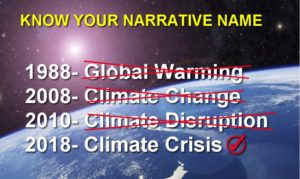 .
.